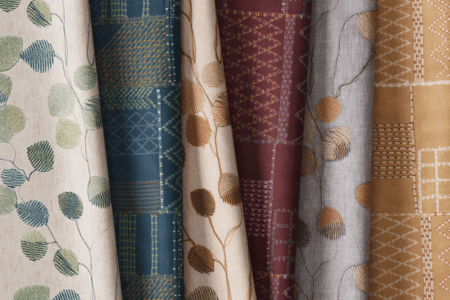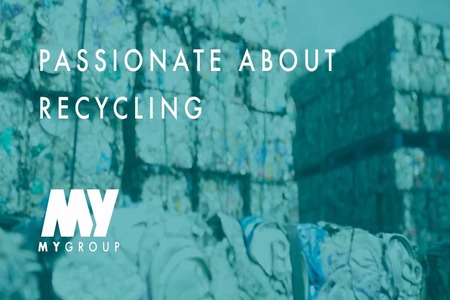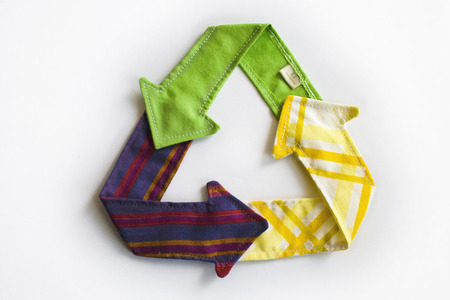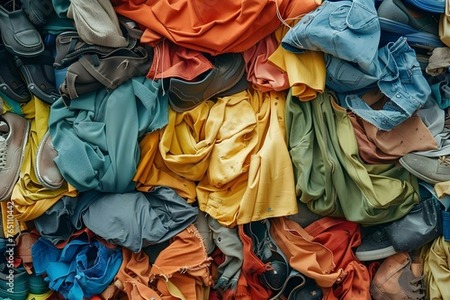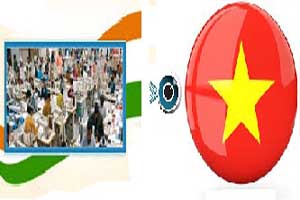
Indian textile and garment firms may shift base to Vietnam
YarnsandFibers News Bureau 2015-10-27 12:00:00 – New DelhiThe Indian textile and garment companies facing duty disadvantage at home, some have already prompted to expand outside India in recent years. Moreover, with the recently negotiated Trans-Pacific Partnership (TPP), some more the Indian companies may shift their base to Vietnam to grab the advantage of duty-free access to the US and other TPP markets, like they did some years ago to Bangladesh to take the benefit of duty in exports as well as low labour costs, according to analysts.
But there are some other players, while recognizing potential threat from Vietnam chose to await the full text of the TPP, expected to be released next month.
Vietnam has already beaten India as the world’s third-largest garment exporter and the threat from the nation appears more real given the fact that the US accounted for 22-30% of India’s garment exports in recent years and Indian exporters have to pay duty in the range of 14-32% for the shipment of textiles and garments there. The TPP between the US and 11 other Asia-Pacific nations, including Vietnam, represents roughly 40% of global gross domestic product and a third of world trade.
Shailesh Pathak, executive director with Bhartiya Group, at FE’s Digital India programme said that they employ 6,000 people in their fashion business in Chennai and Bengaluru. There is a high probability that 4,000 of those jobs will move to Vietnam in 12 months.
Naishadh Parikh, director at Arvind Mills and the newly-appointed chairman of the Confederation of Indian Textile Industry, said that the pact suggests there is a potential risk of investment and employment moving to select TPP countries, especially Vietnam. But until the full text is made public, it’s too early to say if Indian companies would shift base soon, as any such move depends on several other factors as well, including familiarity of the market.
As per information available, the TPP nations have to conform to the standards prescribed by the International Labour Organisation (ILO), which means labour costs may also go up in a TPP country for some investors if they are not following such norms already.
And the concerns aren’t restricted to Vietnam enjoying the duty advantage in garments, but much more. The US government’s yarn-forward rule, which requires the yarn and the fabric used in the final product to be made in one of the free trade partners to qualify for duty-free access under the trade pact, will be applicable to all the TPP nations.
According to SP Oswal, chairman of the Vardhman Group, such a rule will mean Vietnam will have to either scale up capacities to m anufacture yarn and other stuff to make garments for exports to the US or buy such items from another TPP country. This will hurt India’s exports of such textile items to Vietnam.
While Vietnam’s garment exports were to the tune of $21 billion in 2014, just behind China and Bangladesh, its textile exports stood at just $3 billion last year. In fact, Vietnam relies on other nations, including India, for sourcing textile items for making garments. In contrast, India exported garments worth $16.85 billion in 2014-15, while its textile exports stood at $20.81 billion.
Oswal added that Chinese companies will take advantage of this situation and invest more in Vietnam to benefit from the duty-free access to the US. As Chinese companies seek to shift investments to other nations to beat rising wage costs at home, the TPP would prompt them to invest in Vietnam, also because of its proximity with China. According to a CII-Wazir report, China’s costs have raised three fold over the past seven years.
Already, India’s share in the US textile and apparel imports remained rather stagnant (6.3% in 2014 from 5.2% in 2005), thanks to a rising Vietnam, which managed to corner 9.3% of the US market in these segments in 2014 from as low as 3.2% in 2005, according to the US government data. And with the TPP, the situation could be even more daunting for India. As such, India has a disadvantage with competitors such as Bangladesh and Pakistan, which enjoy duty-free access to the EU, the biggest garment market for India.
Considering Vietnam doesn’t grow cotton and needs textile items for making garments, an opportunity has come to shift investments to Vietnam, not just for garment but event for textile companies but not many Indian firms will be able to seize it at the moment, said a senior executive with a Gurgaon-based large garment company that exports to the US in huge volumes.
To set up a decent-sized textile or garment unit in Vietnam to gain from the duty advantage there, an investment of at least Rs1,000 cores is required. In an atmosphere of a global slowdown, a massive liquidity crunch and stressed balance sheets, it’s not possible for many Indian companies to move out immediately and invest. Moreover, by the time Indian companies are ready, Chinese companies would, by then, have further entrenched their position there.
Raymond is investing $100 million in Ethiopia to set up a factory, while many others have shifted to Bangladesh.
Arvind Mills has been expanding its denim manufacturing in Bangladesh in a joint venture with Nitol group. Some mills are looking at acquisitions in Uzbekistan and Kazakhstan too.
However, India also is negotiating a similar regional free-trade agreement called the Regional Comprehensive Economic Partnership (RCEP) with 15 other countries and has seven countries in common with TPP (Japan, Australia, New Zealand, Vietnam, Malaysia, Singapore and Brunei). It also hopes to bank on a proposed $300 million line of credit it extended last year to promote Indo-Vietnamese cooperation in the textile and garment sector, according to commerce ministry officials. The credit, to be disbursed through the Vietnam Exim Bank, is to be used mainly to set up a textile and garment industrial park close to the Ho Chi Minh city as well as to help Indian and Vietnamese companies to forge joint ventures.
However, the package of $300 million provided by the Indian government for setting up units in Vietnam is too small to make a meaningful impact.
Although the TPP has other nations with interest in textiles, including Mexico, Vietnam is expected to hurt India the most.
Market Intelligence
Ask for free sample Report

experience
Customer Base
dedicated team
Countries Served Worldwide



